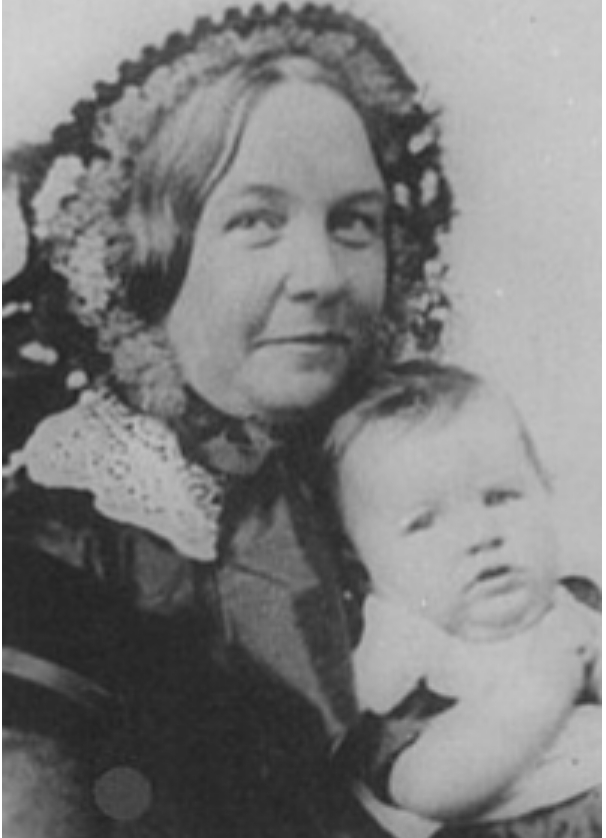On this date in 1815, freethinker and founding mother of the feminist movement Elizabeth Cady was born in Johnstown, N.Y. Avid to please her father, a judge and member of Congress, in the face of his bitter loss of all five sons, she excelled in academic studies and horseback riding. Barred as a young woman from college despite her lively intellect, she married anti-slavery agent Henry Stanton. Their 1840 honeymoon took them to the fateful World’s Anti-Slavery Convention in London.
Her eyes were opened to women’s subjugation and religion’s role in keeping women subordinate after she and other female delegates were humiliatingly curtained off from debate at clergy instigation. At 32 the harried housewife and mother (eventually of seven) instigated and planned, with Lucretia Mott and three other women, the world’s first woman’s rights convention. The Seneca Falls convention met on July 19-20, 1848. Stanton’s “shocking” suffrage plank won endorsement and galvanized women for the next 72 years. She recalled later how “the Bible was hurled at us from every side” in a history of the early movement.
Stanton entered into a lifelong working partnership with Susan B. Anthony, founded and was first president of the National Woman Suffrage Association in 1869 and served as the National American Woman Suffrage Association’s controversial first president in 1890.
Stanton wrote the 19th Amendment, finally adopted in 1920, granting the vote to women. Nearly every speech she wrote condemned religious dogma. In her first letter to Anthony, she wrote, “The Church is a terrible engine of oppression, especially as concerns woman.” (April 2, 1852)
In her diary she recorded that her belief was “grounded on science, common sense, and love of humanity,” not “fears of the torments of hell and promises of the joys of heaven.” (Sept. 25, 1882) She dedicated her last years to freeing women from superstition, writing The Woman’s Bible (1895, 1898). In 1898 that book was officially repudiated by the very suffrage movement Stanton had help form. The last article she wrote before her death was “An Answer to Bishop Stevens,” urging people to “embrace truth as it is revealed today by human reason.” (D. 1902)
PHOTO: Stanton and her daughter Harriot in 1856.


